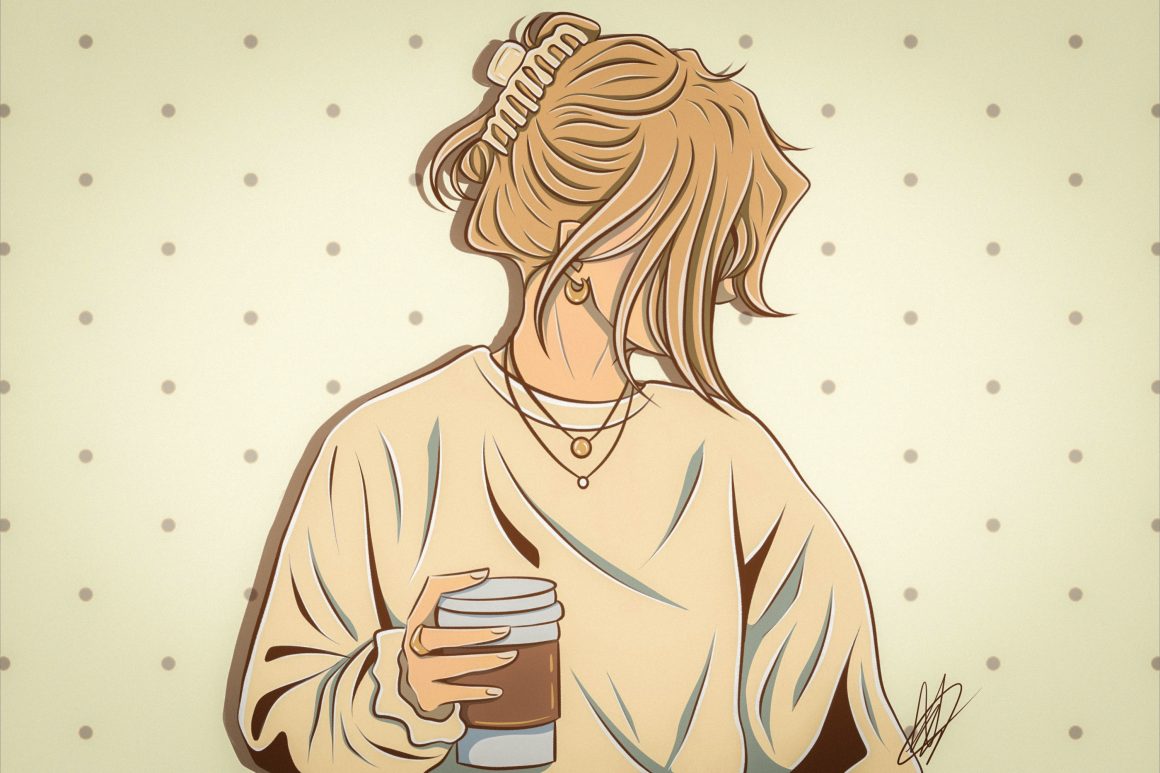
Microtrends aren’t worth the time
By Sheroog Kubur, May 25 2023—
It’s no secret that the quickness of the Tik Tok algorithm means that there are dozens of new curated aesthetics forcefully presented to its users every other week. At the time of writing this article, the vanilla girl, the principle example for this article, is quite a dated concept. She has since been replaced with other adjectives that describe more or less the same look but repackaged — including the okok or lalala girl or the quiet luxury movement. By the time this article is published, it’s likely that these labels will become dated ideas that are quickly replaced by other, more arbitrary adjectives. The most recent development of these is the tomato girl, although there doesn’t seem to be as much of a holistic identity attached to the fruit other than a repackaged cottage-core aesthetic that focuses on reds and oranges over crème linen smocks.
Confusingly, the blurred lines between each aesthetic seem to be more tied to the idea of the aesthetic rather than the materials attached to each one. However, identifying with a vanilla girl, that girl and lalala are different things, but what actually differentiates them? It certainly isn’t the clothing, which seems to be a central component of each despite ironically being repackaged versions of timeless fashion trends. They each encompass an idea of the ideal girl without needing to define who she is — the ideal girl is defined by what she has and how she looks. Whether she goes to the country club or spends nights scrolling through TikTok, she looks fabulous while doing it.
On the one hand, these aesthetics seem harmless enough. It’s a cleanly packaged identity that users can borrow from and add to their vision boards thanks to the lifestyle that is attached to the look. The vanilla girl wears a cream and beige colour palette but also encourages the illusion of luxury, wearing well-fitted clothing and high-quality accessories to give the impression of wealth. But at the same time, this box is suffocatingly contained, not allowing much room for adapting the lifestyle to your own existent life. The volume of content on TikTok means that users are free to publish their visions of the aesthetic at the cost of further enclosing users into the box of vanilla girl. While the basic premise only requires wearing a vanilla colour palette, there is no shortage of videos making vanilla girl wishlists, including things like Apple AirPod Max headphones (costing a minimum of $779) or high-end makeup products, like the $40 Kosas Concealer. These videos never explain why a vanilla girl wears Kosas or uses AirPod Max phones, they just do. The addition of these parameters to the aesthetic only further trends of overconsumption perpetrated by TikTok, solidifying that you may only achieve these aesthetics through purchasing specific products.
On the other hand, the compartmentalization of identities means there is little room for individuals to embark on the journey of self-exploration and discover the kind of person they would like to be. These aesthetics create a clear, achievable vision for who you should want to be and define it through products, not characteristics. Introspection need not apply when you’re being taught how to be a better person through daily habits and products to buy. That girl, the vanilla girl’s predecessor, woke up early every morning, went to the gym consistently and was effortlessly chic. There is an element of simply absorbing the aesthetic rather than engaging with it because the algorithm presents you with everything you could possibly need to become the vanilla girl.
In addition to the blatant racial and class-based elements of the vanilla girl, this aesthetic is only a microcosm of the wider trend of TikTok developing identities to sell to its user base. The products attached to a vanilla girl, or by extension, lalala and that girl, become critical components to the identity. Consumption is now integral to building an identity and that identity has very little substance outside of the products. As a collage of vague ideas and outfit ideas, they have very little to offer the individual but manage to convince them that this is who you should be. Unpacking whether or not the trend is inclusive is inconsequential compared to the fact that the vanilla girl likely won’t exist in two weeks from now and she will be replaced, meaning a new identity will be sold to the masses. It speaks to the wider culture cultivated by the app that not only promotes overconsumption but broader losses of identity. The human experience is complex and nuanced — being able to contain that entire experience into an adjective isn’t conducive to expressing that experience. Sometimes it’s more cathartic to just do things because you want to rather than for the aesthetic.
This article is a part of our Voices section and does not necessarily reflect the views of the Gauntlet editorial board.
